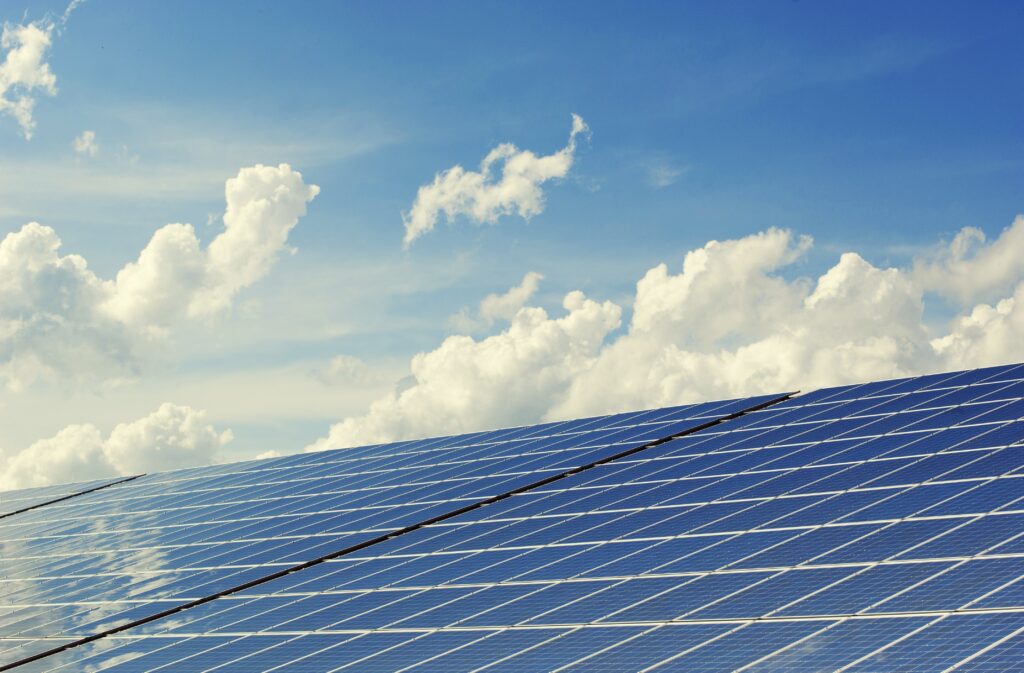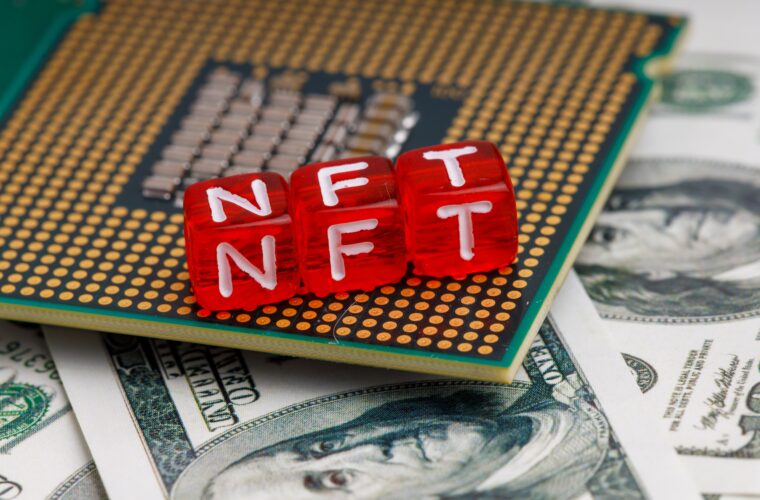Recycling Method Transforms Solar Cell Waste into Renewable Treasures
In a groundbreaking development, researchers at Chalmers University of Technology have unveiled a revolutionary method for the eco-friendly recycling of solar cells. This cutting-edge approach, presented in a recent study published in Solar Energy Materials and Solar Cells, holds the potential to recover precious metals from thin-film solar cells and usher in a new era of highly efficient and flexible solar cell technology.
What is today’s solar cell technology about?
Solar cells currently fall into two main categories: silicon-based solar cells, which dominate 90% of the market, and thin-film solar cells. Among the sub-technologies of thin-film solar cells, Copper, Indium, Gallium, and Selenide (CIGS) cells have gained prominence due to their superior effectiveness and adaptability. These cells incorporate a layer of various metals, including indium and silver.
We are indeed running out of certain materials…
While thin-film solar cells offer advantages over their silicon counterparts, the demand for indium and silver has skyrocketed alongside increased production. Consequently, the accumulation of production waste containing a mixture of valuable metals and hazardous substances has become a pressing concern. Therefore, finding innovative recycling methods is crucial to extract and reuse these valuable metals in new products.
Traditionally, recycling solar cells required high temperatures and copious amounts of chemicals, rendering the process both costly and environmentally unfriendly. However, the Chalmers research team, led by Ioanna Teknetzi, Burcak Ebin, and Stellan Holgersson, developed a groundbreaking eco-friendly recycling process that achieves the same outcome.

The groundbreaking discovery
The key breakthrough lies in using a milder method of leaching to separate the metals in the thin-film solar cells in acidic solutions. Although chemicals are still employed, their quantity is significantly reduced compared to previous methods. By optimizing the process, the researchers were able to enhance the purity of the recovered indium and silver while minimizing the concentrations of impurities.
Remarkably, the new solar cell recycling method demonstrated the ability to recover 100% of the silver and 85% of the indium, all while operating at room temperature without the need for additional heat. Although the process takes slightly longer than conventional methods, it proves more cost-effective and environmentally friendly, paving the way for future large-scale implementation.
So, how does the recycling method work?
The solar cell film is initially analyzed for chemical composition, particle size, thickness, and material. Subsequently, it is immersed in an acid solution at the desired temperature. Agitation is employed to facilitate the dissolution of metals in the acid solution. Monitoring the leaching process at specific intervals allows the researchers to evaluate its effectiveness and chemical reactions. As different metals leach at different rates, the process can be halted before all metals begin to dissolve, ensuring higher purity. Ultimately, the metals are present in the solution as ions, which can be easily purified for reuse in manufacturing new solar cells.
The innovative research has laid the foundation for a more sustainable approach to solar cell recycling. By minimizing the environmental impact associated with traditional methods and optimizing the recovery of valuable metals, this breakthrough technique offers promising prospects for a greener future. As the world continues to embrace renewable energy solutions, such advancements in solar cell technology will undoubtedly amaze both scientists and environmentally-conscious individuals.



